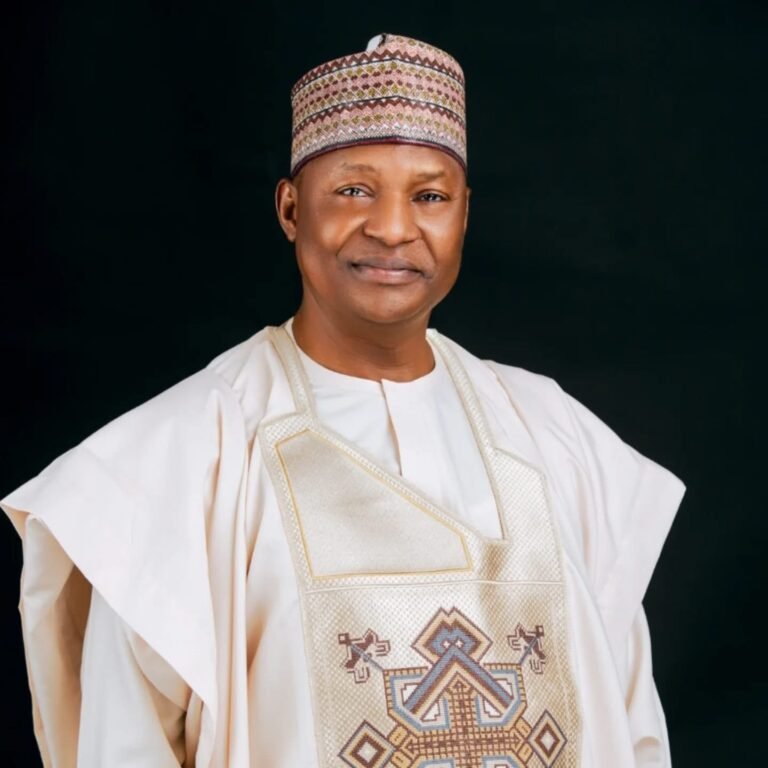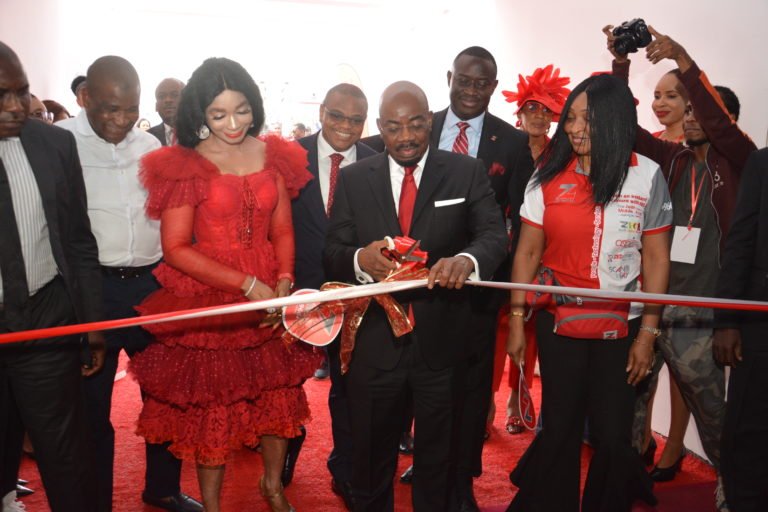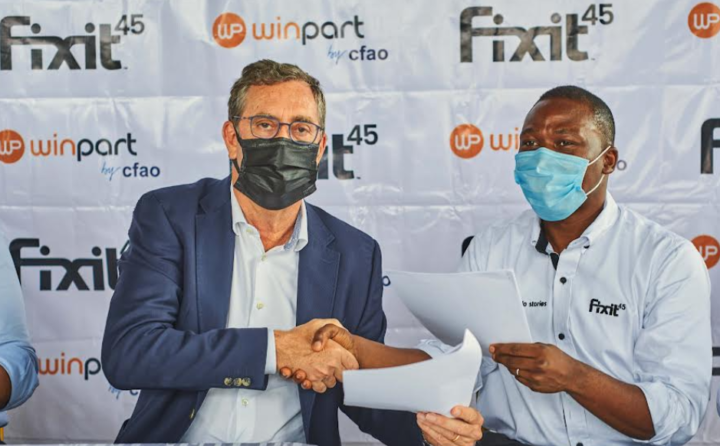Nigeria’s manufacturing sector is warning that lending rates hovering between 30% and 37% continue to crush production capacity despite the Central Bank of Nigeria’s move to hold the Monetary Policy Rate at 27%.
The Manufacturers Association of Nigeria (MAN) said in a statement on Wednesday that borrowing costs remain the biggest constraint facing factories nationwide.
MAN noted that while the CBN’s push for exchange rate stability and better forex liquidity is important for producers who rely on imported inputs, credit remains far too expensive.
The group stressed that “it is also essential to reduce the cost of funds to encourage borrowing for expansion and investment,” warning that current conditions undermine competitiveness.
Expectation of Lower Rates, Not Stability
Manufacturers commended the CBN for holding the benchmark rate but said they expected a reduction, not a pause.
“The expectation of the Association is a further reduction in the rate to reduce the cost of borrowing for manufacturers,” MAN stated.
The group added that persistent high lending rates continue to shut out many producers, especially SMEs that depend heavily on bank credit.
It noted that the harsh rate environment is worsened by existing structural challenges that already raise production costs.
Structural Challenges Intensifying the Burden
MAN said the lending rate pressure is amplified by poor infrastructure, high logistics costs, inadequate power supply, high energy prices, and insecurity across industrial zones.
These conditions, the group warned, continue to weaken Nigeria’s manufacturing competitiveness both locally and globally.
The Association urged the CBN and fiscal authorities to take coordinated actions to support inclusive growth.
“MAN urges the Central Bank and other policymakers to continue to pursue policies that foster inclusive growth, incentivize manufacturing and address binding constraints limiting the performance of the sector,” the statement said.
Recommendations for CBN and Federal Government
To unlock growth and convert macroeconomic gains into real sector productivity, MAN made the following recommendations:
- A downward review of the MPR at future MPC meetings.
- Targeted credit interventions for capital-intensive manufacturing sub-sectors.
- Greater infrastructure investment to reduce operational costs.
- Stronger fiscal-monetary coordination to stabilize the naira and reduce external shocks.
- Fiscal reforms across agriculture, manufacturing, and energy to lower inflation pressures.
- Urgent action on insecurity in industrial and agricultural regions.
- Close monitoring of MPC decisions to assess their impact on real-sector credit.
MPR Decisions
The MPR is the benchmark interest rate at which the CBN lends to banks, while the lending rate is what banks charge borrowers.
At its 303rd meeting held November 24–25, the MPC kept the MPR at 27%, pointing to improving macroeconomic stability.
The committee cited a sharper-than-expected fall in inflation to 16.05% in October 2025, steady economic growth, stable exchange rate conditions, and stronger external reserves.
To improve liquidity and encourage bank lending, the MPC adjusted the Standing Facilities Corridor to +50/-450 basis points around the MPR while keeping the Cash Reserve Ratio at 45% for commercial banks and 16% for merchant banks, alongside the 75% CRR on non-TSA public sector deposits.
MPR Nigeria, lending rate Nigeria, manufacturers association of Nigeria, CBN interest rate, Nigeria production costs, high lending rates Nigeria, manufacturing sector Nigeria, MPC meeting November 2025, Nigeria inflation 2025, cost of borrowing Nigeria, forex liquidity Nigeria, infrastructure challenges Nigeria.
























